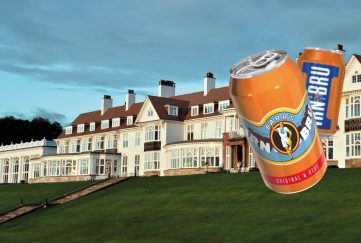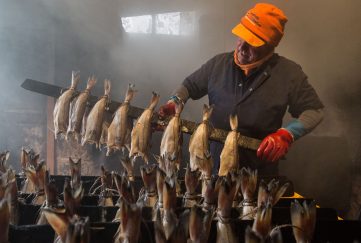The History Of The Royal Highland Show
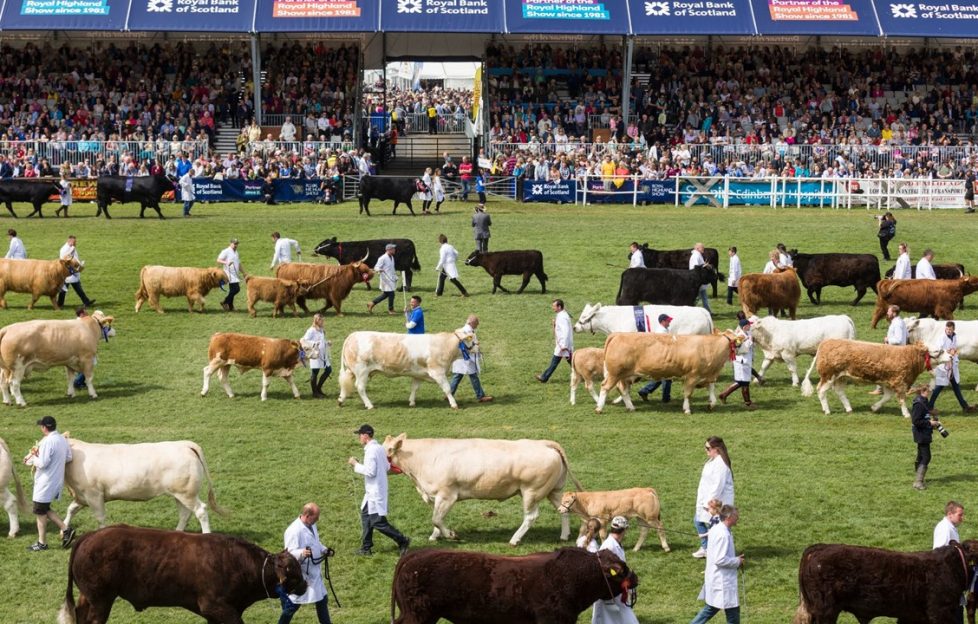
The Royal Highland Show starts today and is one of Scotland’s most prestigious agricultural events with rich history dating back over 200 years.
The Royal Highland Show attracts over 200,000 visitors annually, including international guests. It serves as a critical platform for promoting Scottish agriculture, rural industries, and food and drink on a global stage.
It’s roots trace back to the formation of the Highland Society of Edinburgh, now known as the Royal Highland and Agricultural Society of Scotland (RHASS).
Founded to promote agriculture, rural industries, and the Scottish Highlands’ economic and cultural welfare, the society was pivotal in improving agricultural practices across Scotland.
Inaugural Show (1822)
The first Highland Show was held in 1822, on the grounds of Queensberry House in Edinburgh’s Canongate. Initially, the show was a modest affair aimed at showcasing livestock and agricultural achievements, promoting best practices, and encouraging agricultural advancements.
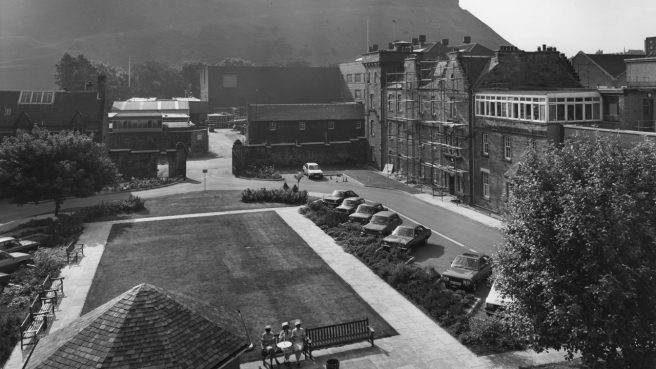
Queensberry House
Touring Years (1822-1960)
For much of its early history, the show was itinerant, moving to different locations across Scotland each year. This ensured that various regions could showcase their agricultural strengths and innovations. Towns and cities including Inverness, Perth, Aberdeen, and Glasgow hosted the show, contributing to its growing popularity and influence.
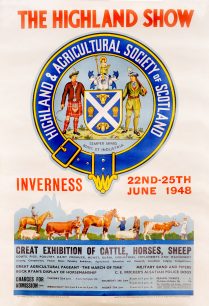
Pic: The Royal Highland Show
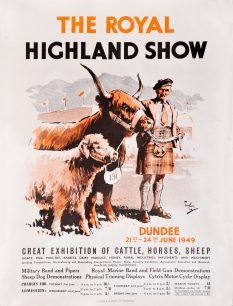
Pic: The Royal Highland Show
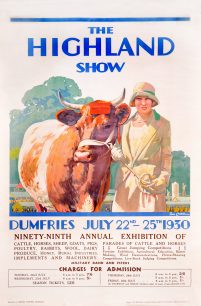
Pic: The Royal Highland Show
Royal Designation (1948)
In recognition of its importance and contributions, King George VI granted the Highland Show its “Royal” designation, becoming the Royal Highland Show. This royal patronage further elevated its prestige and international reputation.
Permanent Location (1960)
By 1960, the decision was made to establish a permanent site for the show to accommodate its growing scale and to provide a consistent venue for exhibitors and visitors. The chosen location was Ingliston, near Edinburgh. This site has since become well known for the event and has allowed for expanded facilities and events.
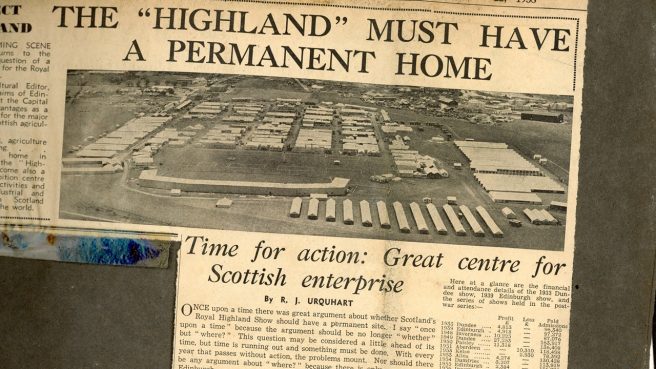
Pic: Royal Highland Show
Development of Ingliston
Over the decades, the Ingliston site has seen significant investment and development. It features extensive exhibition halls, arenas, and showgrounds, enabling the show to host a wide range of activities and displays beyond traditional agricultural showcases.
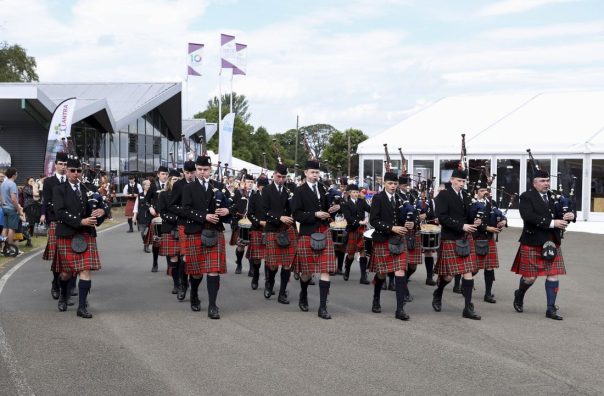
Pic: Shutterstock
Diverse Offerings
Today, the Royal Highland Show is much more than an agricultural event. It encompasses a broad spectrum of activities, including:
Livestock Competitions: With thousands of animals on display, the show is a premier venue for livestock competitions, from cattle and sheep to horses and poultry.
Food and Drink: A highlight is the celebration of Scottish food and drink, featuring artisanal producers and showcasing Scotland’s culinary heritage.
Crafts and Culture: The show also includes exhibitions of traditional and contemporary crafts, highlighting Scotland’s rich cultural traditions.
Educational Programs: Engaging educational activities for children and adults aim to raise awareness about agriculture, sustainability, and rural life.
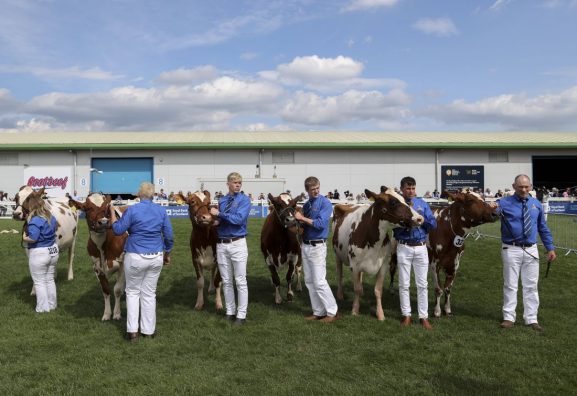
Pic: Shutterstock



